Woodsy,
I like your lifting rig, it looks like a nice piece of equipment.
Please dont take this wrong, but I would not have the confidence in the wood screws holding your ceiling eyelet that you have.
The industry standard of testing states that A #10 wood screw installed into 3/4" plywood (they did not even test 5/8") with 5 plys and using the exactly correct pre-drill bit (.190) and tightened to the exact correct torque spec (I could not find the correct spec in my book right now) only has a 395 lb. pull out strength. So that means that your 4 screws can only hold 1580 lbs....total. That number would include the weight of your eyelet, chains, pulleys or winch/comealong/chainhoist....your lift rig AND the weight of your body of the car/truck.
You could pretty easily exceed that. There could be a serious consiquence if that eyelet let go.
Please be careful.
I also think hausdok was saying that it is less the way you attach but the type of rafters you are attached to.
Housing tract houses and many modern home use a roofing truss that is an engineered truss that usually uses 2x4 that are cleated together with a punched plate. They are great to work with and easy to install. They are quite strong, right up to their "engineered" weight rating. Then they buckle like a house of cards.
If your shop has joisting that are more substantial then you are like fine on the structutal capabilities to hold you body's weight, but I would still really worry about your screws on the eyelet.
And yes to answer your question of "have I ever tried to pull a #10 wood screw out of plywood?" YES and it is not that hard. I usually clarify my technical comments with things like "I am no expert or I am not positive but you MIGHT...." or things like that....but in this case, carpentry, I am an expert and no qualifications neccesary..... 4 years of an apprenticship program, a life in construction of 35 years in tool bags, and 15 years as a Foreman reading blueprints and engineering spec binders....I would NEVER lift anything with 4 #10 screws.
As a matter of fact, in the last 2 years the UBC, UL, ASTM and all cities in California have removed ALL weight bearing allowances from ALL drywall type screws. That means we can NO longer use a drywall screw, even the heavier #10 size, to support or "carry" and downward load other than the drywall itself. We can not even mount a flourescent light to a ceiling with drywall screws any longer. That is straight from the Unified Building Code.
I would use 1/4" lag bolts and make sure that they were screwing into a joist, or better yet into a block that is nailed into the joist.
Your shop, your life, your crushed collector car...do as you wish.
I like your lifting rig, it looks like a nice piece of equipment.
Please dont take this wrong, but I would not have the confidence in the wood screws holding your ceiling eyelet that you have.
The industry standard of testing states that A #10 wood screw installed into 3/4" plywood (they did not even test 5/8") with 5 plys and using the exactly correct pre-drill bit (.190) and tightened to the exact correct torque spec (I could not find the correct spec in my book right now) only has a 395 lb. pull out strength. So that means that your 4 screws can only hold 1580 lbs....total. That number would include the weight of your eyelet, chains, pulleys or winch/comealong/chainhoist....your lift rig AND the weight of your body of the car/truck.
You could pretty easily exceed that. There could be a serious consiquence if that eyelet let go.
Please be careful.
I also think hausdok was saying that it is less the way you attach but the type of rafters you are attached to.
Housing tract houses and many modern home use a roofing truss that is an engineered truss that usually uses 2x4 that are cleated together with a punched plate. They are great to work with and easy to install. They are quite strong, right up to their "engineered" weight rating. Then they buckle like a house of cards.
If your shop has joisting that are more substantial then you are like fine on the structutal capabilities to hold you body's weight, but I would still really worry about your screws on the eyelet.
And yes to answer your question of "have I ever tried to pull a #10 wood screw out of plywood?" YES and it is not that hard. I usually clarify my technical comments with things like "I am no expert or I am not positive but you MIGHT...." or things like that....but in this case, carpentry, I am an expert and no qualifications neccesary..... 4 years of an apprenticship program, a life in construction of 35 years in tool bags, and 15 years as a Foreman reading blueprints and engineering spec binders....I would NEVER lift anything with 4 #10 screws.
As a matter of fact, in the last 2 years the UBC, UL, ASTM and all cities in California have removed ALL weight bearing allowances from ALL drywall type screws. That means we can NO longer use a drywall screw, even the heavier #10 size, to support or "carry" and downward load other than the drywall itself. We can not even mount a flourescent light to a ceiling with drywall screws any longer. That is straight from the Unified Building Code.
I would use 1/4" lag bolts and make sure that they were screwing into a joist, or better yet into a block that is nailed into the joist.
Your shop, your life, your crushed collector car...do as you wish.

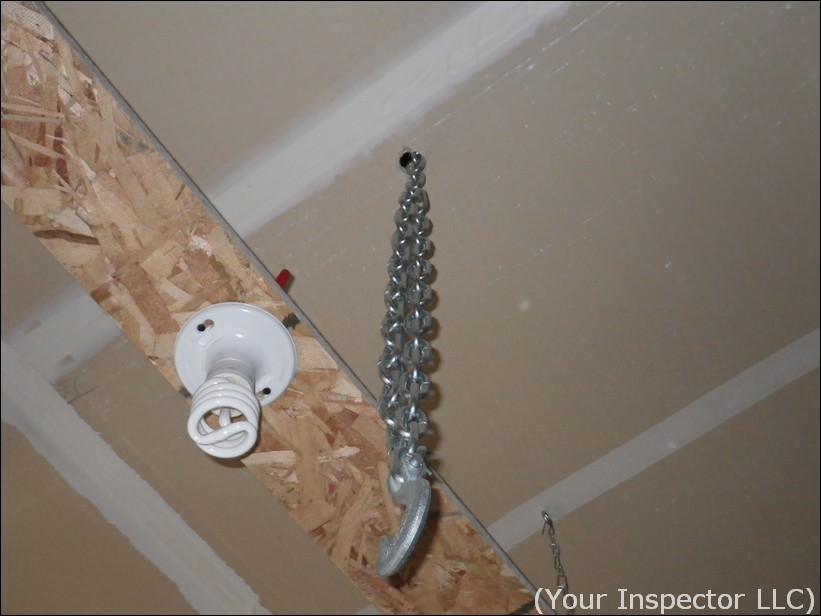
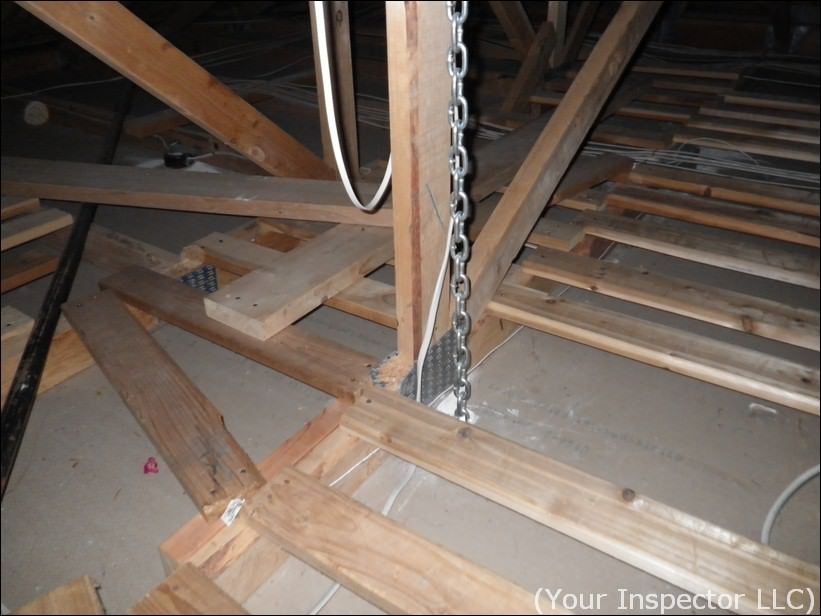
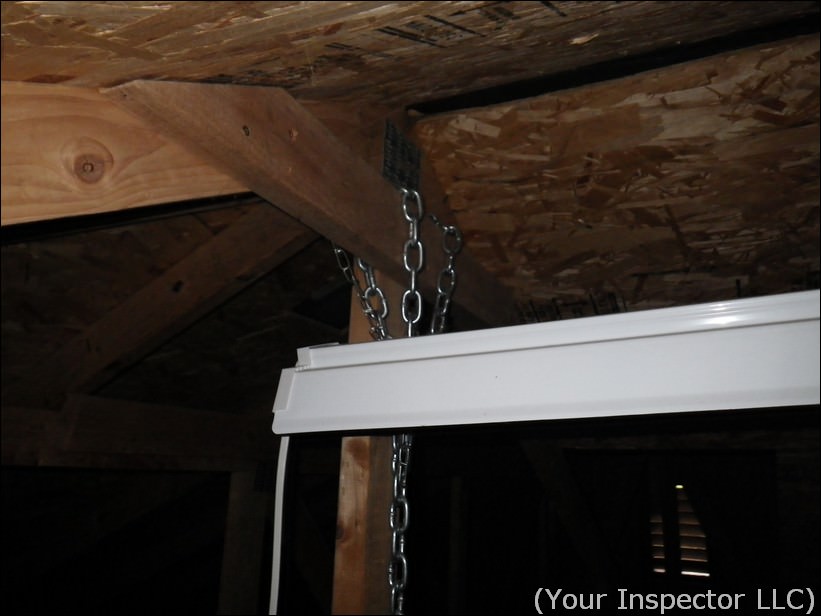
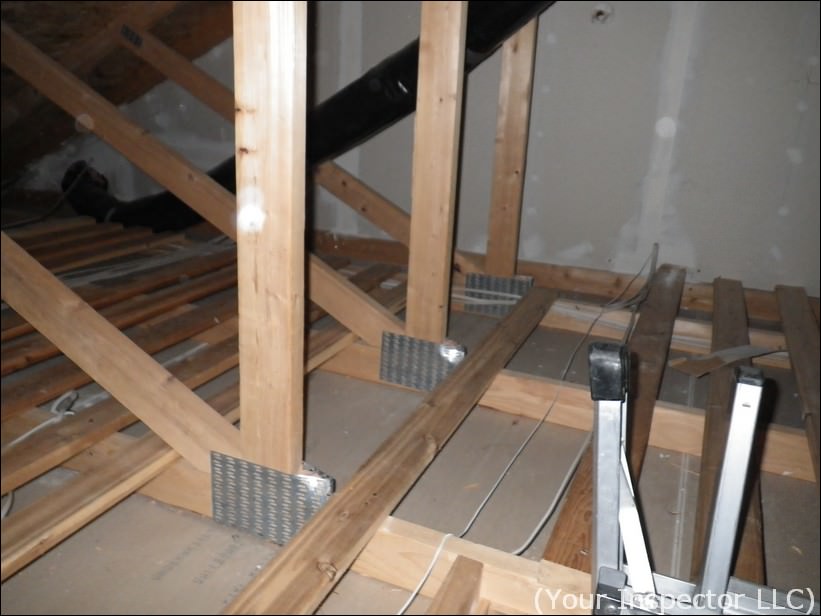
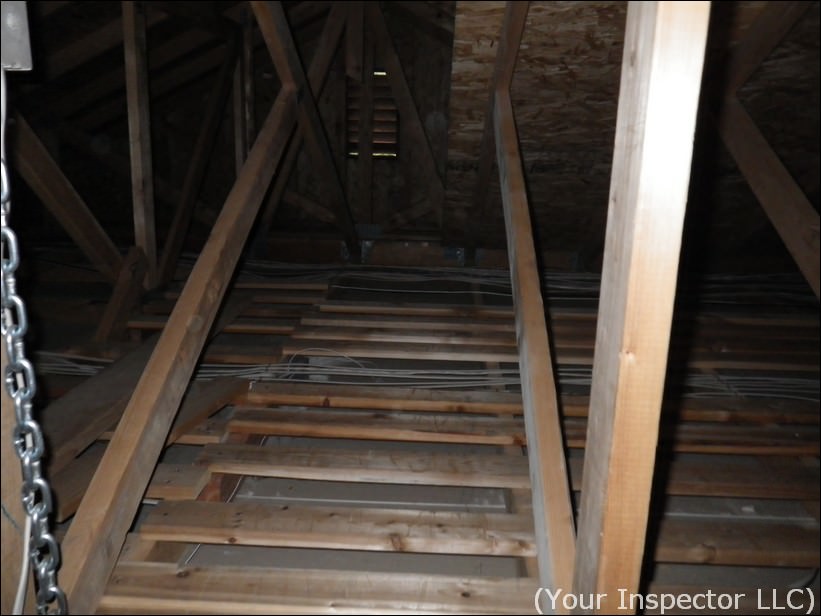

Comment